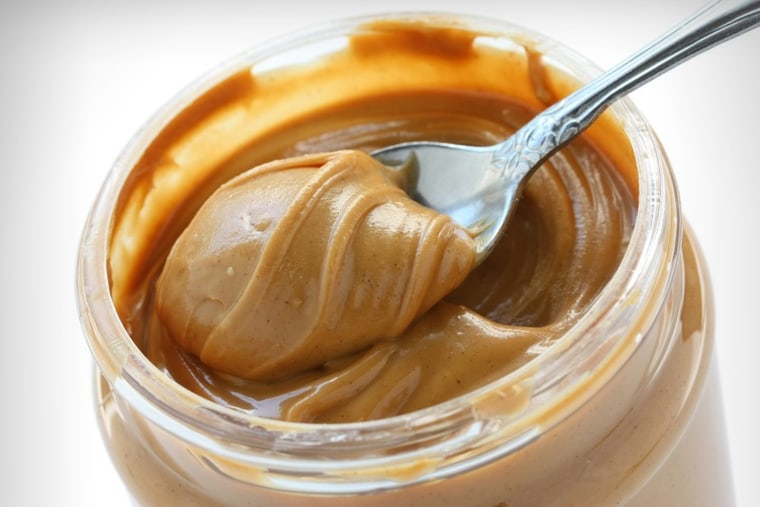More Americans than ever before say they have food allergies, but there’s in fact not much evidence to back this up, a panel of top experts said Wednesday.
They say parents, patients and doctors alike are a little mixed up about what constitutes a true food allergy. And there’s not a good simple test to show when someone’s truly allergic, the experts appointed by the National Academies of Sciences, Engineering and Medicine said in a new report.
About 5 percent of U.S. children have food allergies, according to the National Institute for Allergy and Infectious Diseases.
“Eight food groups are considered to be major allergens. These are milk, egg, peanut, tree nuts, wheat, soy, fish, and crustacean shellfish,” the panel wrote.
Related: To Fight Allergies, Give Babies Peanut
“Questions persist about whether food allergy prevalence has been on the rise within the past two decades and why. The current data do not unequivocally support the occurrence of such a rise,” the committee chaired by Dr. Virginia Stallings, director of the Nutrition Center at the Children’s Hospital of Philadelphia, wrote in a report.
The panel appointed by the Academies, which advise the federal government on health and science matters, says the Centers for Disease Control and Prevention should do more studies to determine just how common food allergy is.
“No simple, accurate diagnostic tests exist for food allergy,” they wrote.
“No simple, accurate diagnostic tests exist for food allergy."
“The patient’s medical history and other test results, such as from a skin prick test, can suggest the likelihood of a food allergy, but in some cases an oral food challenge -- which involves a gradual, medically supervised ingestion of increasingly larger doses of the food being tested as a possible allergen -- is needed to confirm diagnosis. “
So most people go on a vague feeling.
What’s clear is that food allergies really worry Americans, the panel said.
“This committee had the unique opportunity to hear directly from an advisory panel made up of nine parents of children with food allergies and one individual with food allergy,” they wrote.
“We heard about the anxiety they feel in restaurants, schools, airplanes, and other settings where they are fearful about unintentional exposure to a food that can cause a life-threatening allergic reaction.”
But a food intolerance is different from a true food allergy, and people may mix up the symptoms, the panel noted. On the other end, people with true allergies may not have the information they need to avoid accidentally eating something that could cause a severe or even fatal reaction.
There’s some good news, too. Studies are showing it may be possible to prevent food allergies in some people by giving allergy-causing foods very early in life. But this approach needs much more study also, the panel said.

